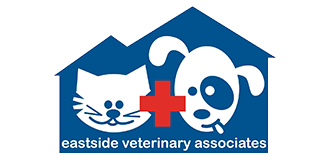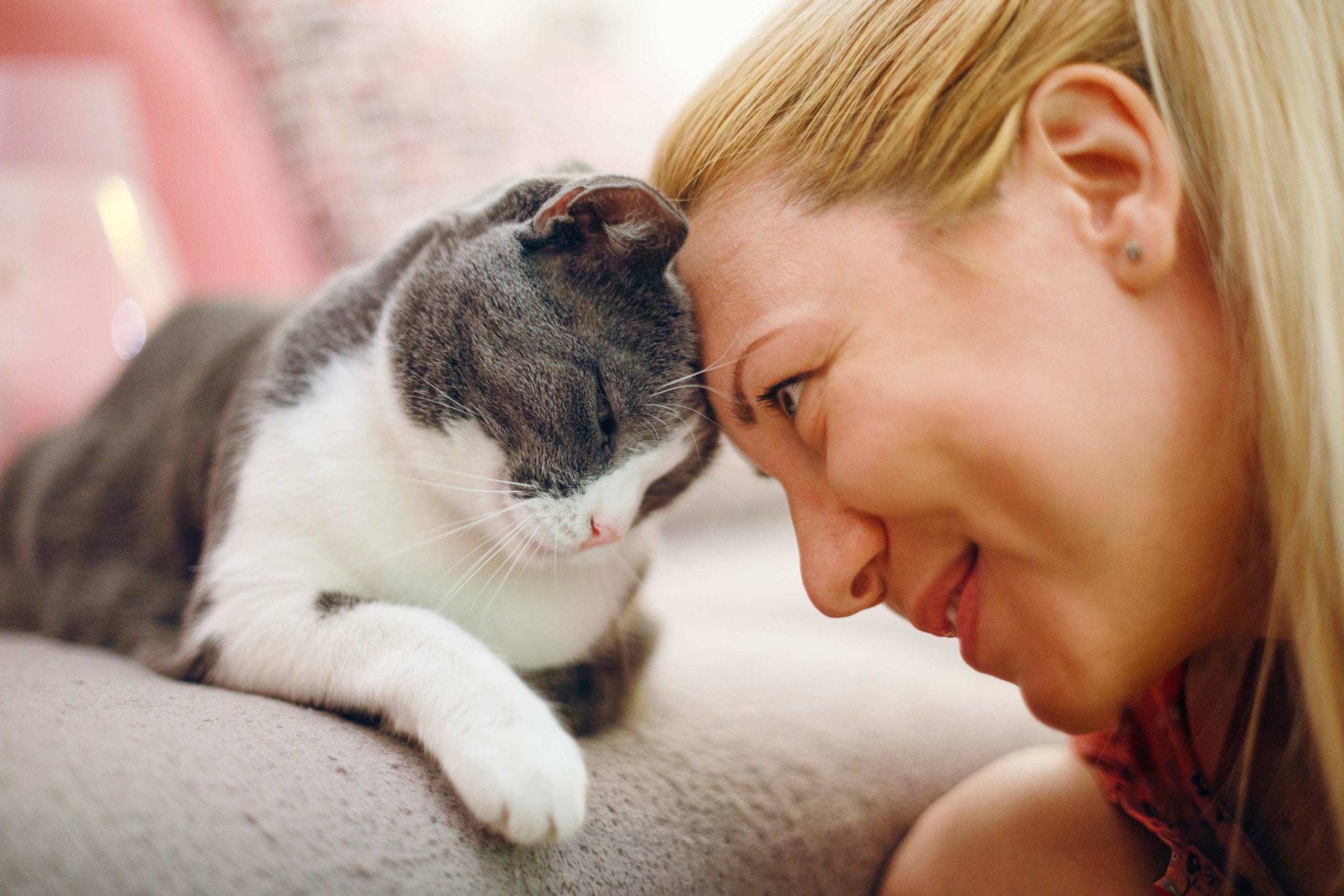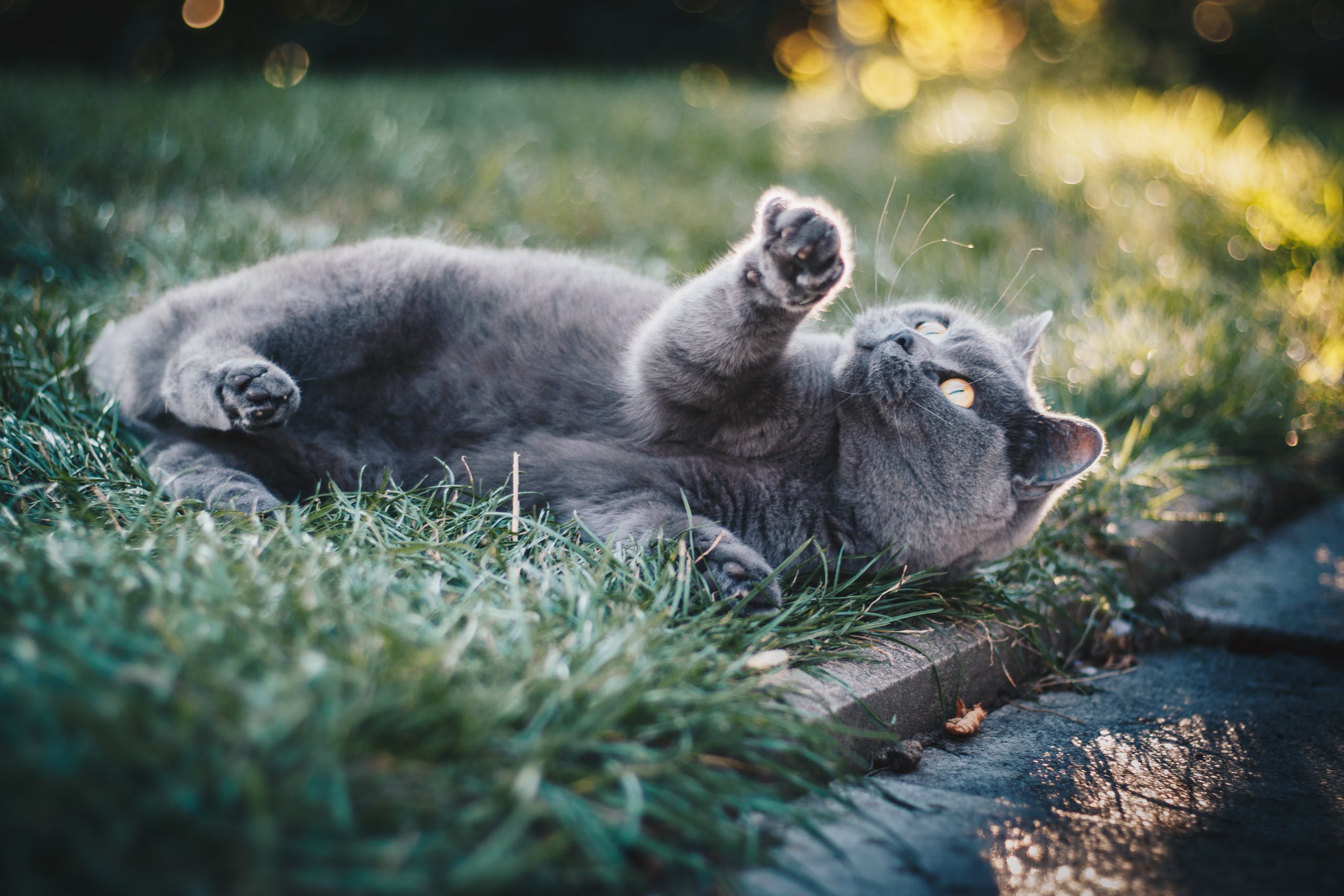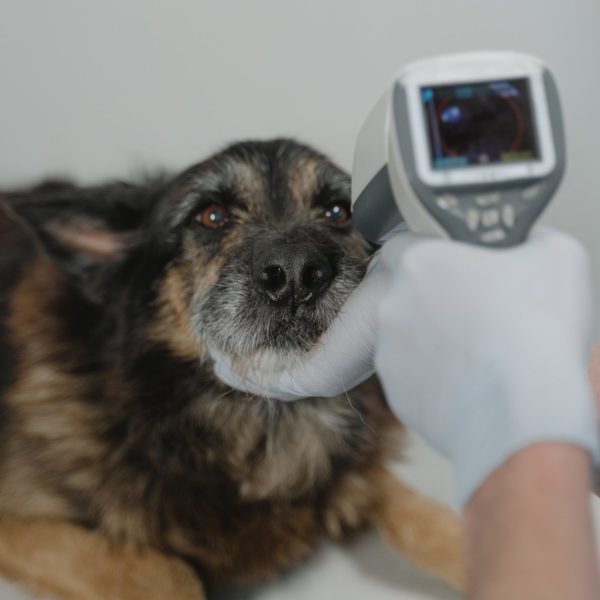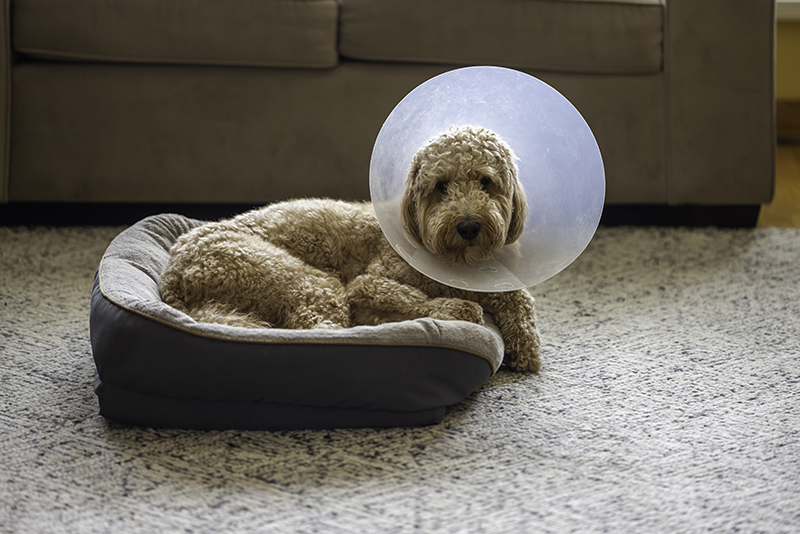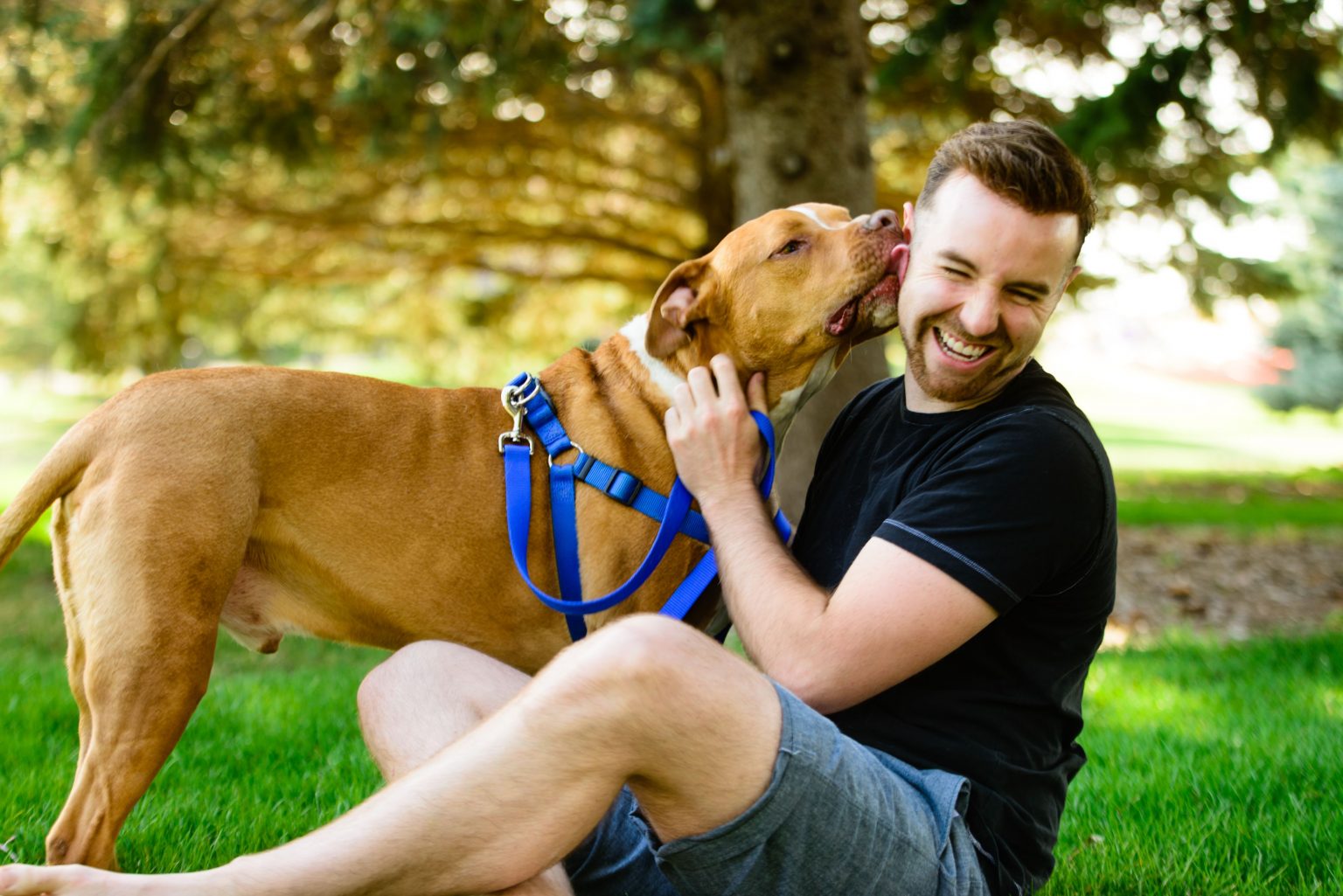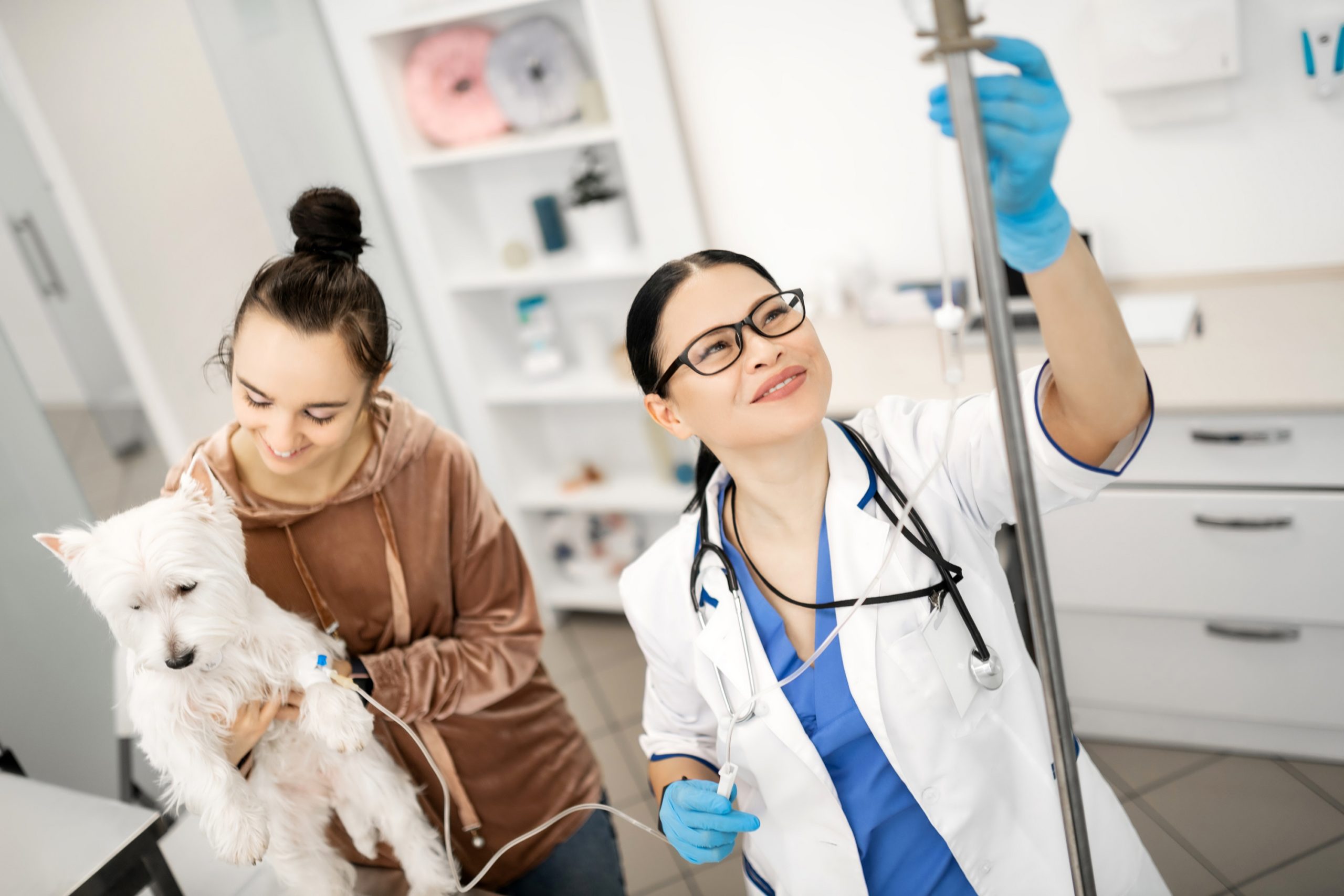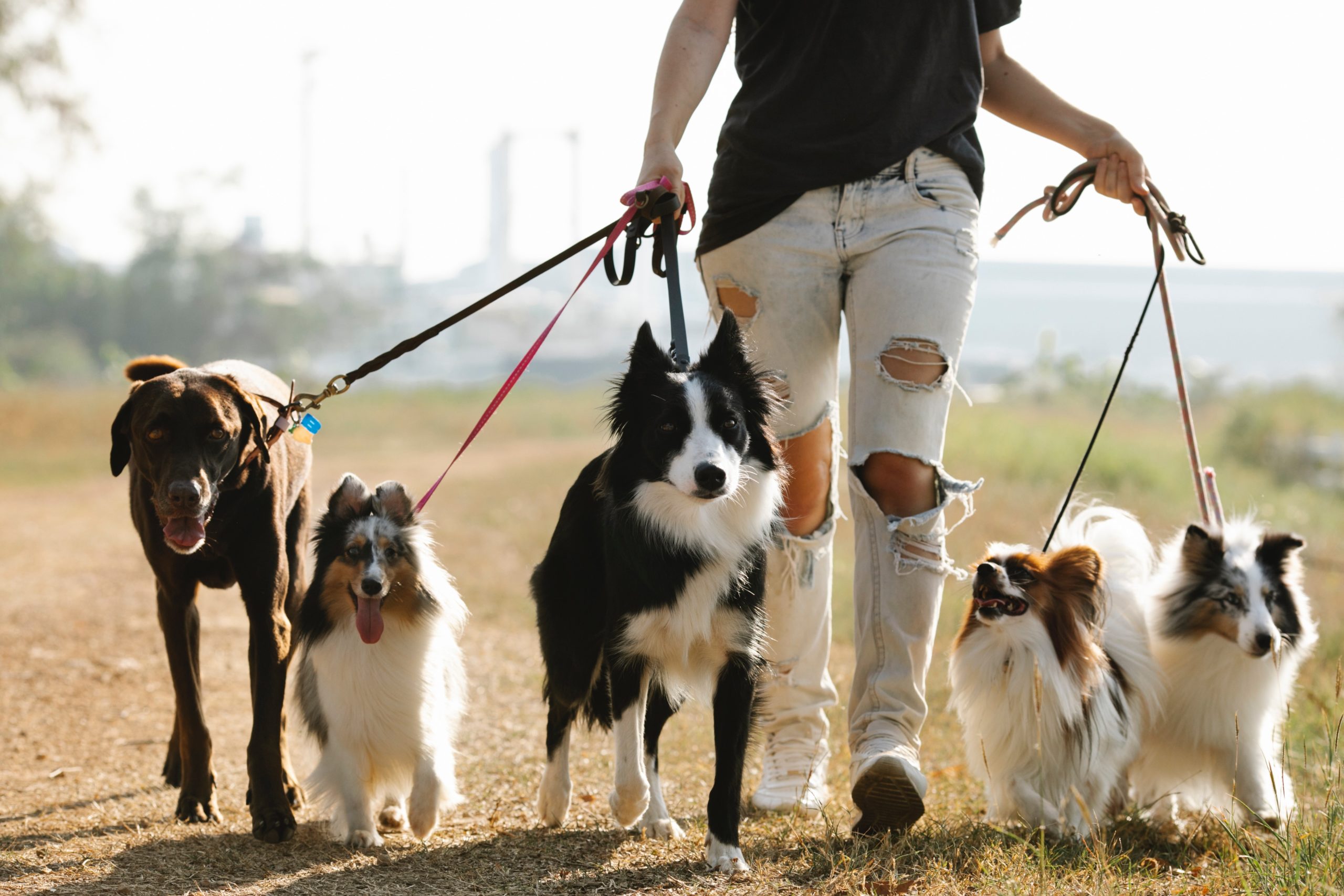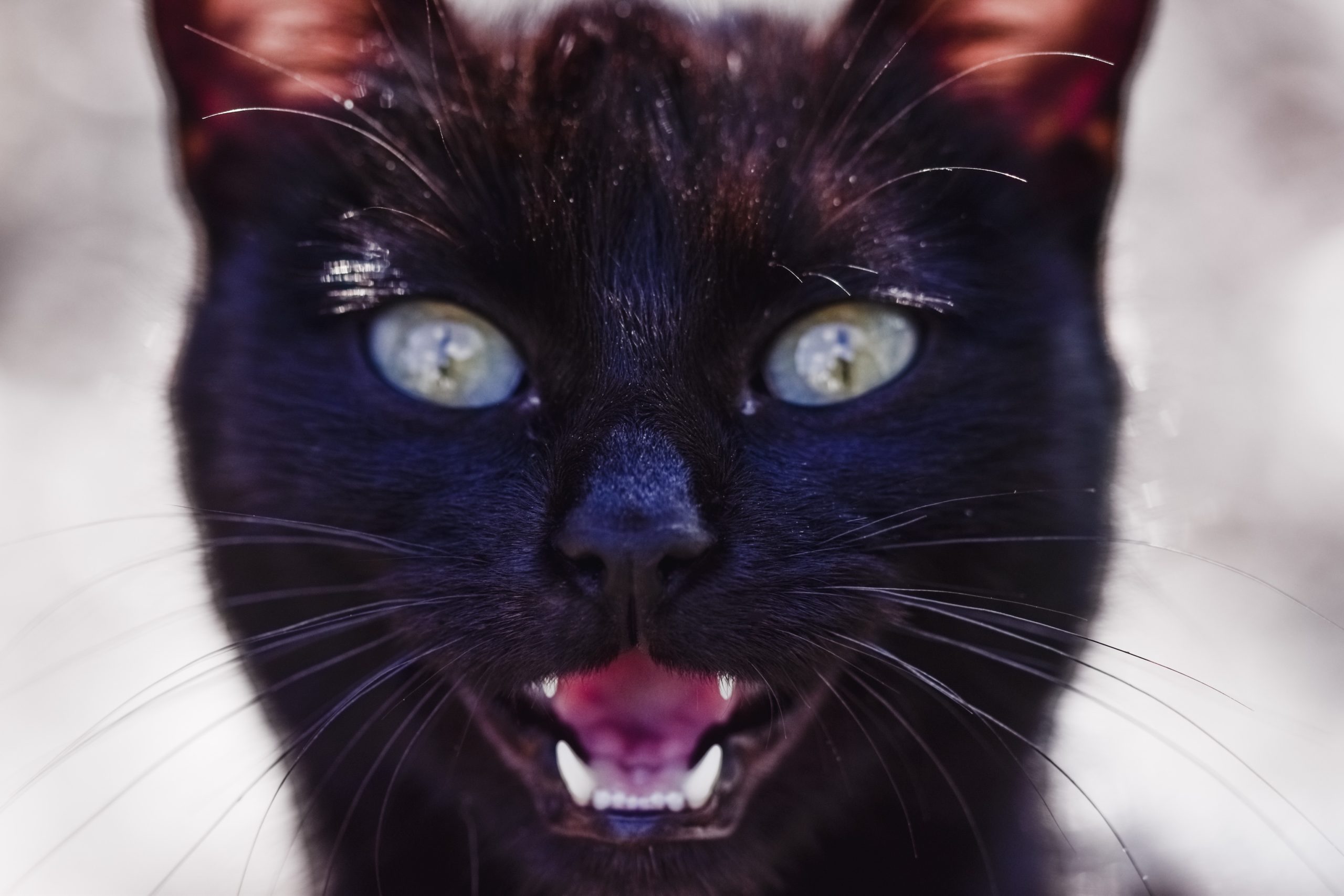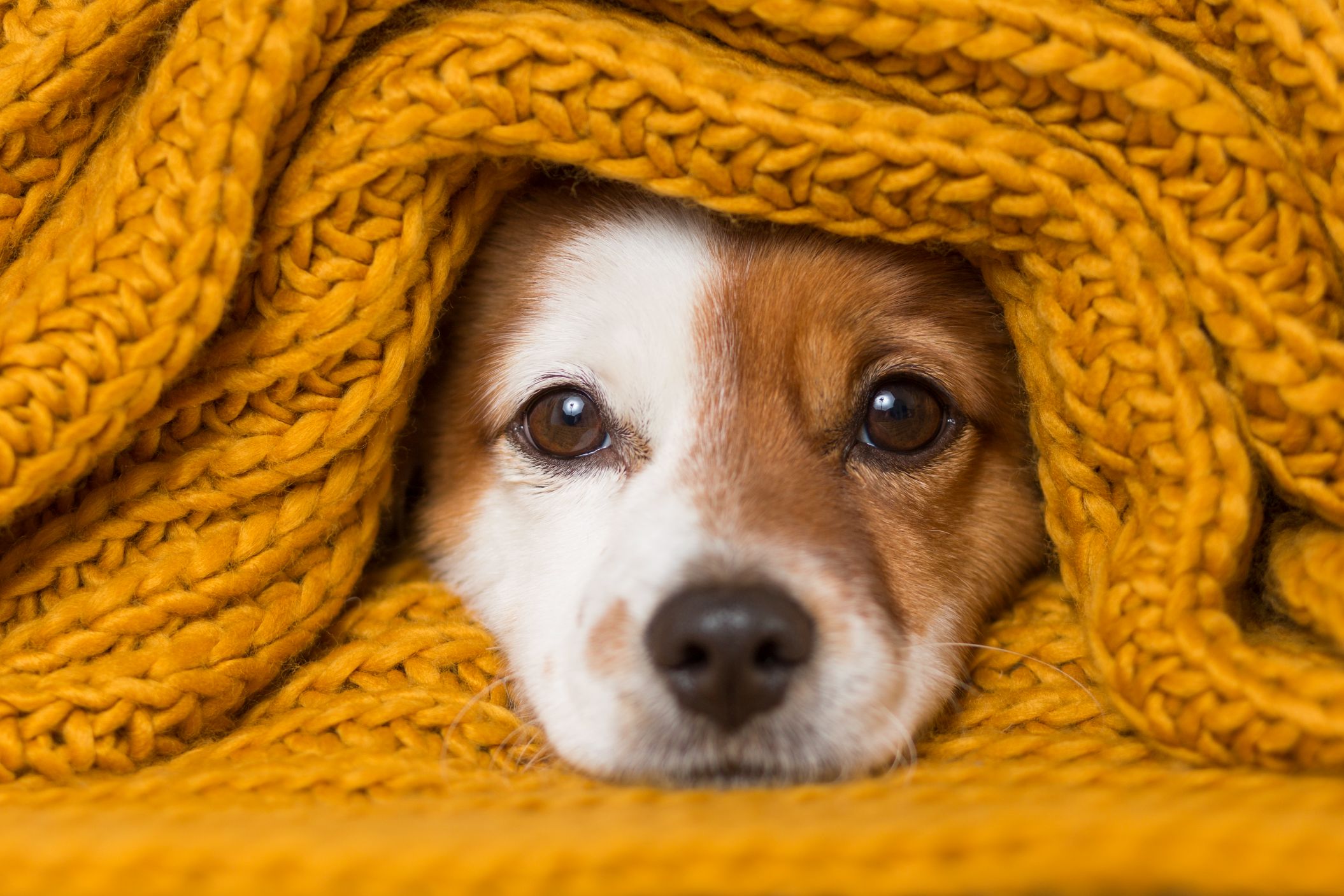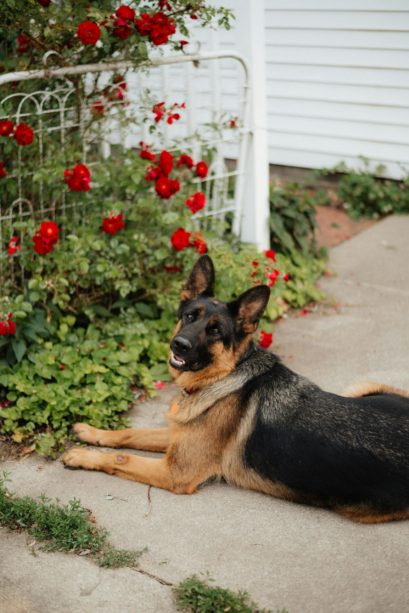
Plenty of curious cats and playful puppies dig the outdoors, so if you’ve got pets plus a green thumb, we have strategies for creating safe, outdoor spaces for pets. Keep reading for our team’s tips on pet-friendly gardening and other ways to turn your backyard into a paradise for pets.
Choose Your Plants Carefully
Pet-friendly landscaping means using plants that are safe for pets to taste, but separating safe plants for pets from those that are off-limits requires a bit of digging up front. The ASPCA’s list of toxic plants is a great place to start for information on both ornamental plants and vegetables that can be dangerous for pets to eat.
In the meantime, here’s a short list of common garden growables to keep away from pets:
- Lilies
- Sago palms
- Daffodils
- Tulips, hyacinths, and irises
- Crocuses
- Onions, garlic, and chives
- Tomatoes
Safe Plants for Pets
Pet-friendly gardening is purrfectly doable with careful planning, and there are plenty of safe plants for pets to choose from. We’ve put together lists of some of our favorites.
Include these colorful ornamentals in your pet-friendly landscaping:
- Black-eyed Susan
- Zinnia
- Magnolias
- Impatiens
- Petunias
- Pansies
- Sweet potato vine
- Marigolds
Grow a pet-friendly vegetable garden with these healthy edibles:
- Basil
- Catmint/catnip
- Carrots
- Zucchini
- Celery
- Peas and beans
- Lettuces/mixed greens
Creating Outdoor Spaces for Pets
Creating outdoor spaces for pets to explore is a great way to provide them with mental and physical stimulation. When looking for dog-friendly garden ideas and cat-safe garden design, consider these additional accommodations to make your pets feel at home in the backyard:
Include natural flea repellents. Marigolds, catnip, sage, and rosemary are the perfect plants for pet-friendly landscaping because they naturally repel fleas.
Provide the perfect place to dig. Cats and dogs both have their own reasons for digging, so whether you’re looking for dog-friendly garden ideas or tips for cat-safe garden design, consider including a designated area filled with sand.
Give your pets a path. If your gardens are particularly large and lush, provide your pets with a natural path “paved” with pine or cedar mulch, or pea gravel, so they can weave their way through the garden without trampling your prized petunias.
Choose garden products wisely. Rather than hose down your garden with chemical pesticides, consider pet-safe options like diatomaceous earth and nematodes. Read fertilizer labels carefully, and opt for natural plant boosters like compost, manure, bone meal, or potash.
Barriers for Safety
Sometimes it’s necessary to include barriers to protect pets. Chicken wire, wood fencing, or using raised garden beds can prevent pets from nibbling on prized tomato plants and other people-friendly foliage that is off-limits to pets.
Pet-friendly Gardening
Practicing pet safety indoors and out should be part of any pet lover’s overall pet wellness plan. Contact us at Eastside Veterinary Associates to schedule a visit or for more information about creating safe outdoor spaces for pets.
